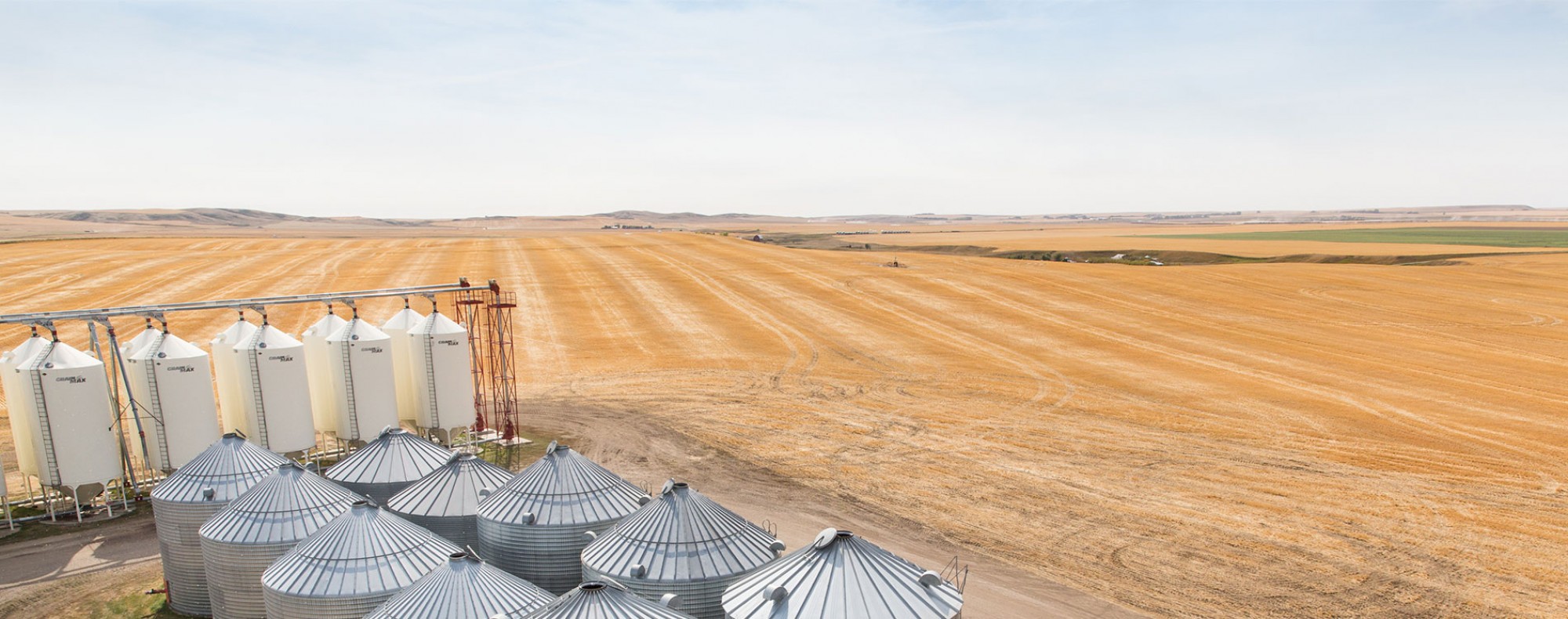Developing on-farm grain drying strategies for optimum quality and energy efficiency
Dr. Chandra Singh, Lethbridge College
Start Date: March 1, 2021
End date: February 29, 2024
AWC’s funding: $150,113
Alberta farmers produced nearly 31% of Canadian wheat, 29% canola, 48% barley, and 20% oats in 2018. Despite such strong crop production, Alberta grain producers have suffered significant production and economic losses due to adverse weather conditions during recent harvests. Team Alberta estimated the total value of unharvested acres in 2019 at $778 million. Such huge risks to the crops can be minimized by harvesting crops as soon as they reach physiological maturity and grain can be artificially dried to safe storage moisture levels. However, inefficient drying can lead to grain spoilage, quality degradation, and excessive energy consumption resulting in increased drying cost and high shrink due to over-drying. Therefore, growers should be provided with tools to make informed decisions and select appropriate drying strategies to minimize spoilage risk, ensure timely and uniform drying with optimum quality, and high energy efficiency. In-bin natural air drying (with optional low-temperature heater) and high-temperature drying and combination drying (using high-temperature drying followed by in-bin natural air drying) will be investigated to develop wheat storage and handling guidelines for Alberta climatic conditions for increased energy efficiency, timely and uniform drying and optimum milling and baking quality of dried wheat. These storage and handling guidelines will be also useful in post-harvest preservation of other major cereal grains, oilseeds and pulses.
